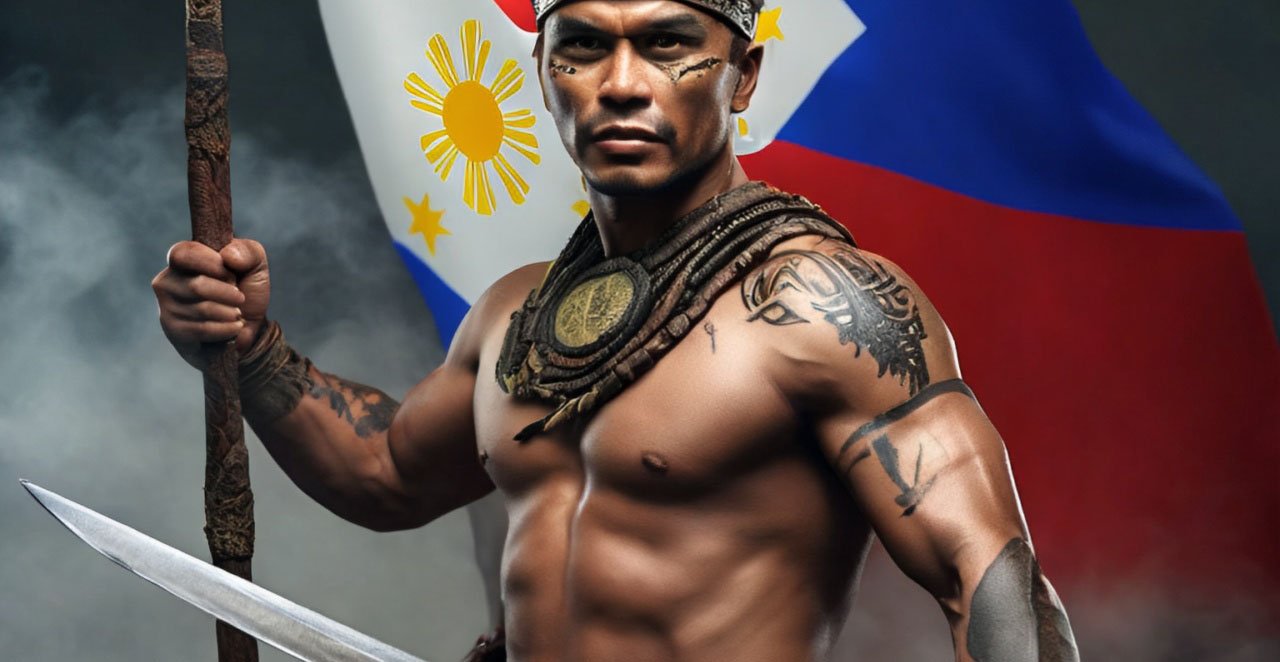TRINITY FMA
ESKRIMA • ARNIS • KALI
Filipino martial arts (FMA), also known as Kali, Escrima, or Arnis, have a rich and complex history deeply rooted in the culture and conflicts of the Philippine archipelago. These fighting systems evolved over centuries, influenced by various indigenous traditions and foreign influences.
The origins of FMA can be traced back to the pre-colonial period, where different tribes and kingdoms developed their own fighting methods for warfare, self-defense, and ritual combat. These early forms incorporated weapons like sticks, blades, and spears, as well as empty-hand techniques.
When Spanish colonizers arrived in the 16th century, they encountered fierce resistance from Filipino warriors skilled in these martial arts. The Spanish eventually banned the practice of native fighting arts, forcing Filipinos to disguise their training as folk dances or theatrical performances. This period of suppression led to the secretive nature of FMA instruction, often kept within families and small communities.
Despite the ban, FMA continued to evolve. The Spanish influence introduced new weapons and techniques, particularly in fencing, which were incorporated into existing systems. During the American colonial period in the early 20th century, FMA gained more visibility and began to be taught more openly.
World War II marked a significant chapter in FMA history. Filipino guerrillas used their martial arts skills effectively against Japanese forces, often employing improvised weapons. This period saw a resurgence of interest in traditional fighting methods.
After Philippine independence, efforts to preserve and promote FMA intensified. In 1966, the Philippine government recognized Arnis as the national martial art and sport. This led to increased standardization and the formation of various organizations dedicated to preserving and teaching FMA.
In recent decades, FMA has gained international recognition, particularly for its weapons-based training and practical self-defense applications. Its influence can be seen in military and law enforcement training, as well as in popular media and mixed martial arts.
Today, Filipino martial arts continue to evolve while maintaining strong connections to their cultural roots. They represent not just a fighting system, but a vital part of Philippine heritage, embodying the resilience and adaptability of the Filipino people throughout their history.
Latosa Escrima Box Theory…
The box concept is the space you manage and fight in. You keep it in front of you and maintain any point of interest inside it. It can be maneuvered to any position or angle. Additionally it can be scaled and divided based on the weapons utilized…


